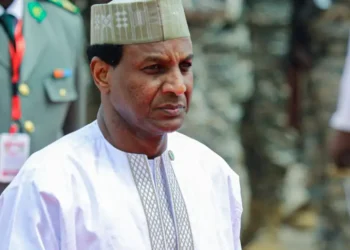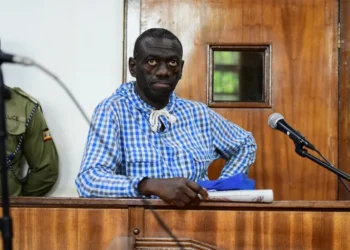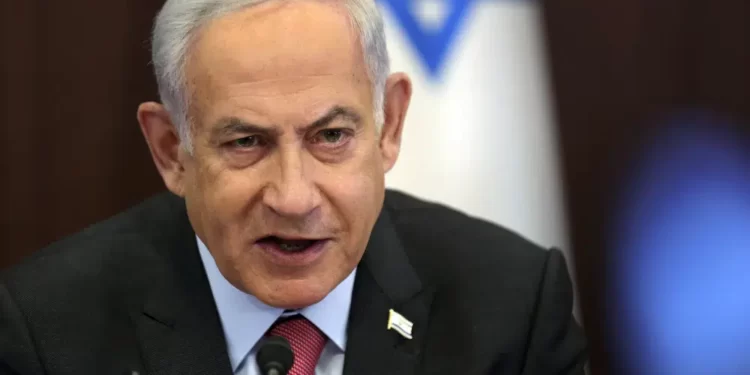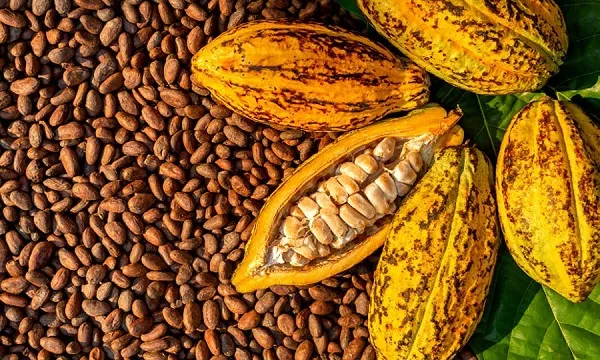More than 25.6 million people in the Democratic Republic of the Congo (DR Congo) are facing crisis-level hunger or worse, the United Nations warned on Thursday, November 21.
The Food and Agriculture Organization (FAO) and World Food Programme (WFP) raised the alarm following a damning food insecurity assessment, highlighting that nearly all regions of the country are impacted by severe hunger, with the eastern provinces bearing the brunt.
The Integrated Food Security Phase Classification (IPC) report revealed that approximately 3.1 million displaced individuals and returnees in northeastern provinces are suffering from even more acute conditions. These areas fall under IPC4, a level marked by extreme food shortages, alarming rates of malnutrition, and a growing threat of starvation-related deaths.
“In such a fragile context, the cost of inaction is truly unthinkable,” said Peter Musoko, WFP Country Director in DR Congo. “Together, we need to work with the Government and the humanitarian community to increase resources for this neglected crisis.”
Conflict, Climate Change, And A Neglected Crisis
The crisis in DR Congo is rooted in decades of armed conflict, particularly in the resource-rich eastern provinces, where violence involving around 100 armed groups, including the M23 militia, continues to displace millions.
Provinces such as North Kivu, South Kivu, Ituri, and Tanganyika are grappling with compounding challenges, including flooding, soaring food prices, and deteriorating security.
Tanganyika is now considered the “most food-insecure” province in DR Congo due to widespread flooding that has exacerbated food shortages and displacement. Meanwhile, over 6.5 million people remain displaced in the eastern provinces, facing hunger and insecurity.
The UN agencies emphasized the preventable nature of this tragedy. Despite DR Congo’s fertile lands and abundant water resources, conflict, climate change, epidemics, and inadequate investment in rural development have stymied the country’s potential to achieve self-sufficiency in food production.
“The IPC figures speak for themselves – we need to take action and ensure that livelihood support is provided at the appropriate level,” said Aristide Ongone Obame, FAO’s representative in DR Congo.
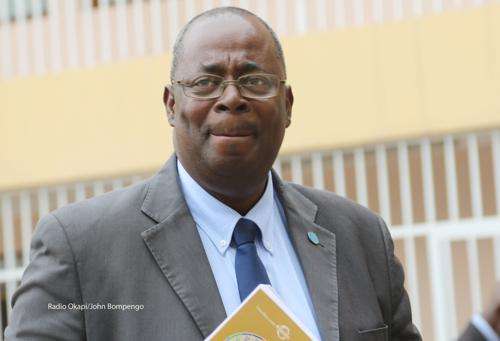
He stressed that targeted interventions in agriculture, fisheries, and livestock sectors are essential to mitigating the effects of climate change and conflict on food systems.
Humanitarian agencies are struggling to meet the escalating needs. The WFP reported that it assisted 1.95 million people in October 2024 alone but stressed that it requires $350 million over the next six months to continue providing life-saving food and nutritional support to vulnerable populations.
Similarly, FAO has appealed for $233.9 million to implement relief projects in 2024. By September, it had reached three million out of its target of 3.6 million people but still faces a significant funding gap.
Escalating Violence Threatens Regional Stability
The ongoing conflict, particularly the resurgence of the M23 militia in North and South Kivu, remains a significant driver of the humanitarian crisis.
Bintou Keita, head of the UN Stabilization Mission in DR Congo (MONUSCO), recently warned the Security Council about the escalating violence, noting the risk of the crisis spilling into neighboring countries.
“The rapidly escalating M23 crisis carries the very real risk of provoking a wider regional conflict,” Keita cautioned, underscoring findings that Rwanda has bolstered its support for the M23 militia.
As hunger and violence intensify, the humanitarian community is urging the international community to act decisively. Without adequate funding and coordinated efforts, millions in DR Congo face the grim prospect of further displacement, malnutrition, and death.
READ ALSO: Davido Receives Lavish Birthday Gift from Car Dealer


